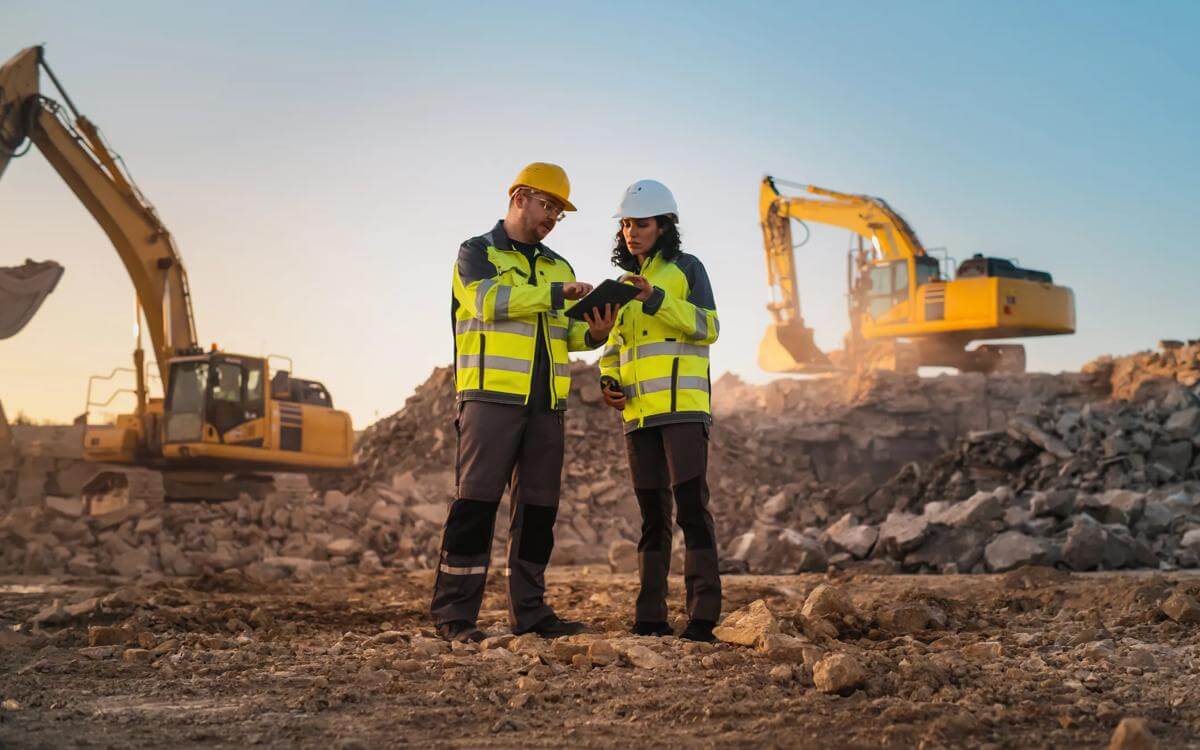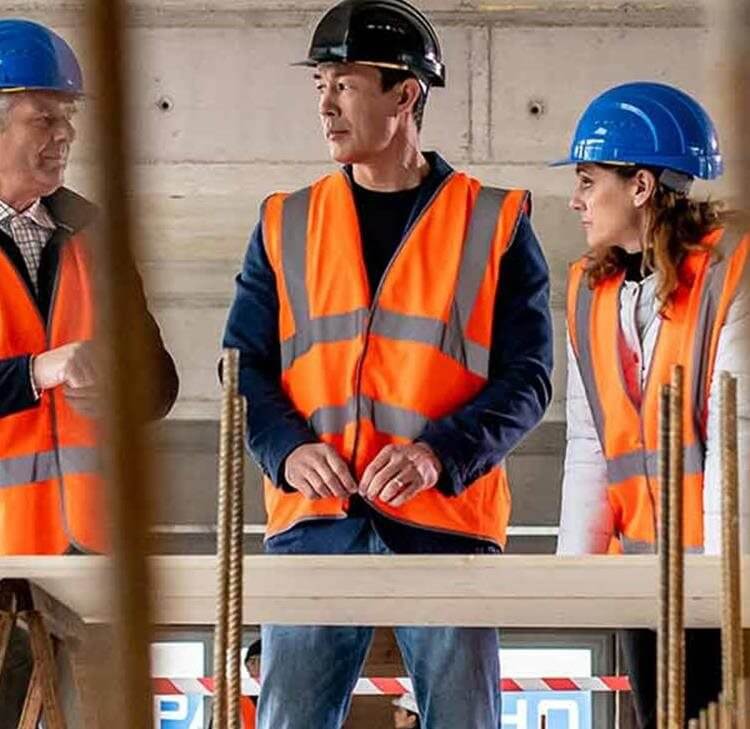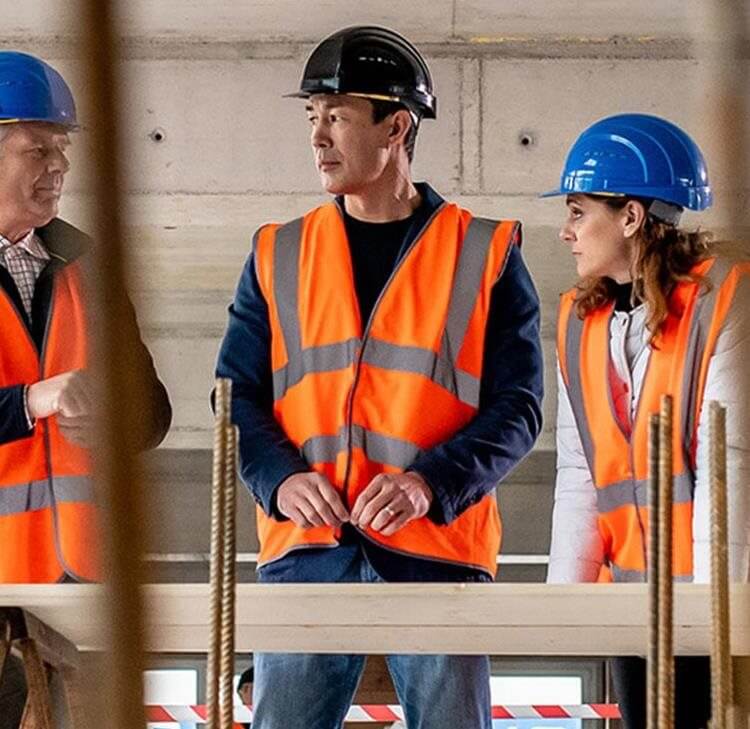Future UK regulation and incoming EU/international regulations mean that companies in the Real Estate sector need to be refocusing and prioritising sustainability within their decision making on individual developments and wider development portfolios.
The development of the Minimum Energy Efficiency Standard (MEES) for both domestic and non-domestic properties is very likely to result in developments needing higher EPC ratings in order to be rented out or sold. The current EPC regime is out for consultation and it is likely that as a result future certificates will be more robust and assessed on actual performance.
Developers and owners/funders of developments need to:
- Benchmark the performance of their development/portfolio.
- Set or amend the organisation’s sustainability targets.
- Scope the works to be done to improve sustainability performance.
- Assess these works during and at completion against the sustainability targets.
Benchmarking is easier than many organisations realise, with building performance managers able to provide very accurate assessments of a development or portfolio’s sustainability performance.
Sustainable targets and standards
Once the base position is known then an organisation can set sustainability targets (ambitious but achievable). It can require companies tendering for work to be sustainably accredited such as having PAS 2080 (which now includes the Built Environment) or PAS2032. It could choose to meet the UK Net Zero Building Standard, which is a cross sector standard that is applicable to the majority of different developments in the built environment, setting different requirements for each asset class. This is a yearly certificate of compliance showing that the development will achieve emissions to limit warming to a 1.5C increase by 2050. The certificate covers both the construction phase and the operation. The design and construction of a development needs to be future proofed to allow it to be operated by a tenant to achieve the reduced emissions requirements in future years. This needs to be included in both construction contracts/ consultant appointments as well as leases with tenants, to ensure developments are operated at their maximum efficiency and sustainability.
Retrofitting and repurposing
One of the key decisions is what to do with existing developments to make them more sustainable. As 80% of today’s developments will still be standing and in use in 2050, developers and owners/ funders cannot simply think demolition and rebuild. The most sustainable approach is to do nothing and then to re-purpose or retrofit a development to make it more sustainable, as well as to meet other societal needs such as hitting housing targets.
The apportionment of risk on a retrofit or repurposed development is very different to that on a new build development, where more risk and liability is expected to be passed onto the contractor. This latter position is a dated expectation, with risk needing to be appropriately allocated between the parties. Key risks in retrofitting and repurposing sit around the existing structure, which raises questions on insurance of the existing structure and the new works, liability for the retention of the existing structure, and how materials are recycled or reused. To properly manage and allocate risk appropriately on these types of schemes requires more detailed design and surveying before works commence, all of which takes more time. It is key then that the decision to repurpose or retrofit needs to be made much sooner than is currently being done.
Construction contracts
The best approach to including sustainability targets in contracts is to split these into mandatory requirements (failure to achieve these means the works are not complete until the requirements have been achieved) and performance targets (the works achieve completion and the target is assessed as a KPI, with appropriate incentives such as bonuses or damages depending on how successfully the target has been achieved). The NEC Option X29 clause is one of the better provisions providing for this split of contractual requirements. Option X29 can be easily adapted to other forms of contract such as JCT contracts, with the key being the principles on which it encourages discussion.
In recent years, contractors have been reluctant to take on mandatory requirements or ambitious performance targets, owing to the lack of experience or data to provide confidence these requirements are achievable. As contractors are becoming increasingly sophisticated both with data collection and innovative construction solutions, mandatory requirements can be more robust and performance targets can be more ambitious, with the inclusion of damages for non-performance as an option.
Consideration needs to be given to the whole supply chain, as any contractual provisions will need to flow down into the supply chain contracts as well. Smaller subcontractors and suppliers may not have the technical ability to achieve ambitious sustainability targets, nor the resourcing to provide detailed data for reporting and due diligence requirements. Consideration would need to be given when damages are to be imposed on a contractor as to how such damages will be apportioned within their supply chain.
In order to achieve sustainable development, proactive and pre-emptive consideration needs to be undertaken, involving early discussions and collaboration from all parties connected to a development, from funders, developers, contractors and subcontractors, to consultants and suppliers.
Key contact

Tim Claremont
Partner
tim.claremont@brownejacobson.com
+44 (0)20 7871 8507









































